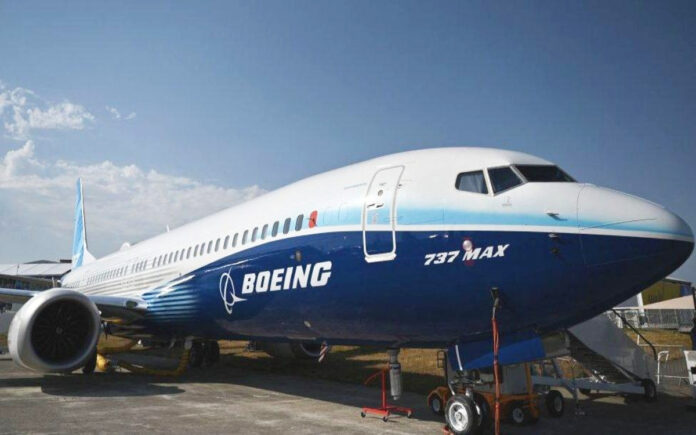New York: Boeing has trimmed its 20-year forecast for global jet demand, even as it projects a more than 40% increase in global air travel by 2030, according to its latest commercial market outlook released Sunday ahead of the Paris Airshow.
The U.S. aerospace giant now anticipates demand for 43,600 new commercial aircraft through 2044, a slight reduction from last year’s projection of 43,975 aircraft through 2043. The revision underscores a more cautious approach amid lower expectations for global economic and passenger traffic growth.
Boeing’s updated forecast includes:
- Nearly 33,300 single-aisle jets (such as the 737 MAX and Airbus A320neo competitors), accounting for approximately 80% of all projected deliveries.
- Just over 7,800 widebody aircraft
- 955 factory-built freighters
- 1,545 regional jets
The revised forecast comes just days after Boeing’s European rival Airbus increased its own 20-year outlook by 2% to 43,420 aircraft, signaling a more optimistic view despite ongoing global trade frictions.
While Boeing’s overall delivery estimate remains relatively stable, it has cut expectations for key growth metrics:
- Passenger traffic growth was downgraded from 4.7% to 4.2%
- Global GDP growth was revised down from 2.6% to 2.3%
- Air cargo traffic growth was reduced from 4.1% to 3.7%
- Fleet growth was trimmed from 3.2% to 3.1%
Despite the tempered cargo outlook, Boeing Vice President of Commercial Marketing Darren Hulst remained confident in the long-term resilience of air freight.
“I think we need to point back to the perspective that the last 20, 40, 60 years have given us in terms of the value of air cargo, and the fact that it’s roughly a 4% growth market through all this time,” Hulst said during a press briefing.
Hulst also noted that although air travel demand has rebounded post-COVID-19, production levels are still lagging—down by half or more from pre-pandemic capacity—creating a shortfall of around 1,500 to 2,000 airliners.
Both Boeing and Airbus are facing headwinds in ramping up output. Boeing’s recovery has been hampered by renewed safety concerns, especially after a panel blew out mid-flight on an Alaska Airlines 737 MAX in 2024. The U.S. Federal Aviation Administration responded by capping Boeing’s 737 MAX production at 38 jets per month.
Though Boeing has made strides in improving production quality, the company was thrust back into crisis mode after an Air India 787-8 Dreamliner crash on Thursday. Boeing CEO Kelly Ortberg canceled his scheduled appearance at the Paris Airshow to focus on the ongoing investigation.
Looking ahead, Boeing predicts that more than 51% of new aircraft demand through 2044 will be driven by growth—not just replacement of aging fleets.
Regionally, China and South/Southeast Asia, including India, are expected to generate half of that growth. Meanwhile, North America and Eurasia are projected to account for the majority of replacement aircraft orders.
China alone makes up about 10% of Boeing’s current order backlog. Deliveries to China had been paused amid tensions over trade tariffs, but Boeing CEO Ortberg confirmed in May that deliveries are set to resume this month.



